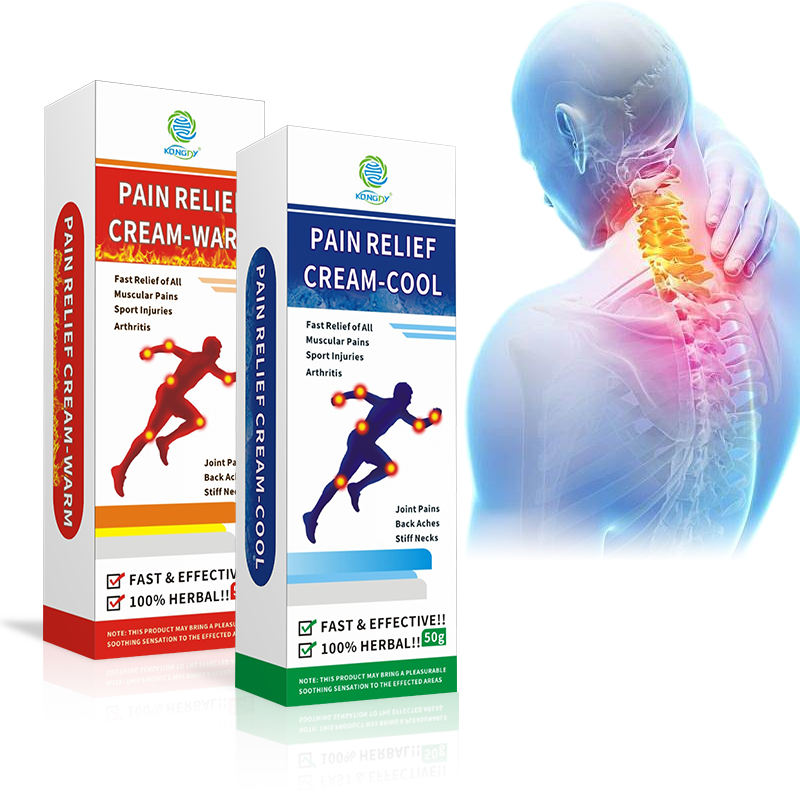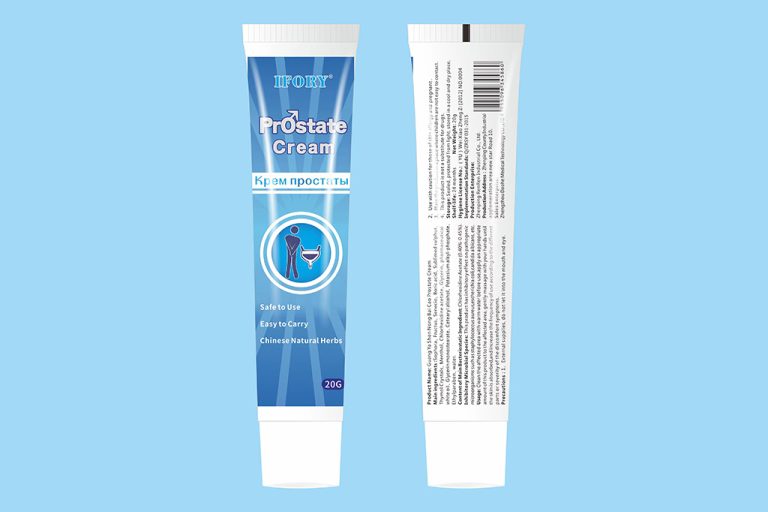Topical pain creams have emerged as a popular alternative to oral medications for managing localized pain. These formulations work directly at the site of application, offering targeted relief without the systemic side effects often associated with pills.
Most pain creams operate through several mechanisms. Some contain counterirritants like menthol or camphor that create sensations of cooling or warming, effectively distracting the brain from pain signals. Others utilize salicylates, compounds related to aspirin, which reduce inflammation and pain when absorbed through the skin.

For those seeking stronger relief, creams containing capsaicin—derived from chili peppers—deplete substance P, a neurotransmitter responsible for sending pain signals to the brain. Though initially causing a burning sensation, regular application leads to diminished pain perception over time.
Prescription-strength formulations may include anesthetics like lidocaine, which block nerve signals, or nonsteroidal anti-inflammatory drugs (NSAIDs) that reduce inflammation without the gastrointestinal concerns of their oral counterparts.
The efficacy of pain creams varies widely depending on the condition. Research indicates they perform particularly well for conditions like osteoarthritis, especially in joints close to the skin surface. They also show promise for muscle strains, minor sprains, and some forms of neuropathic pain.
A significant advantage of topical treatments is their safety profile. Because they don’t pass through the digestive system, they typically cause fewer systemic side effects than oral medications. This makes them particularly valuable for elderly patients or those with compromised liver or kidney function.
However, limitations exist. Pain creams generally work best for superficial pain rather than deep-seated conditions. Additionally, they require consistent reapplication as effects are temporary.
As research advances, newer formulations combining multiple active ingredients are being developed to enhance effectiveness. Some incorporate technologies that improve skin penetration, allowing active compounds to reach deeper tissues.
For those managing chronic pain, topical creams offer a valuable tool in a comprehensive pain management strategy, potentially reducing reliance on oral medications while providing meaningful relief.






